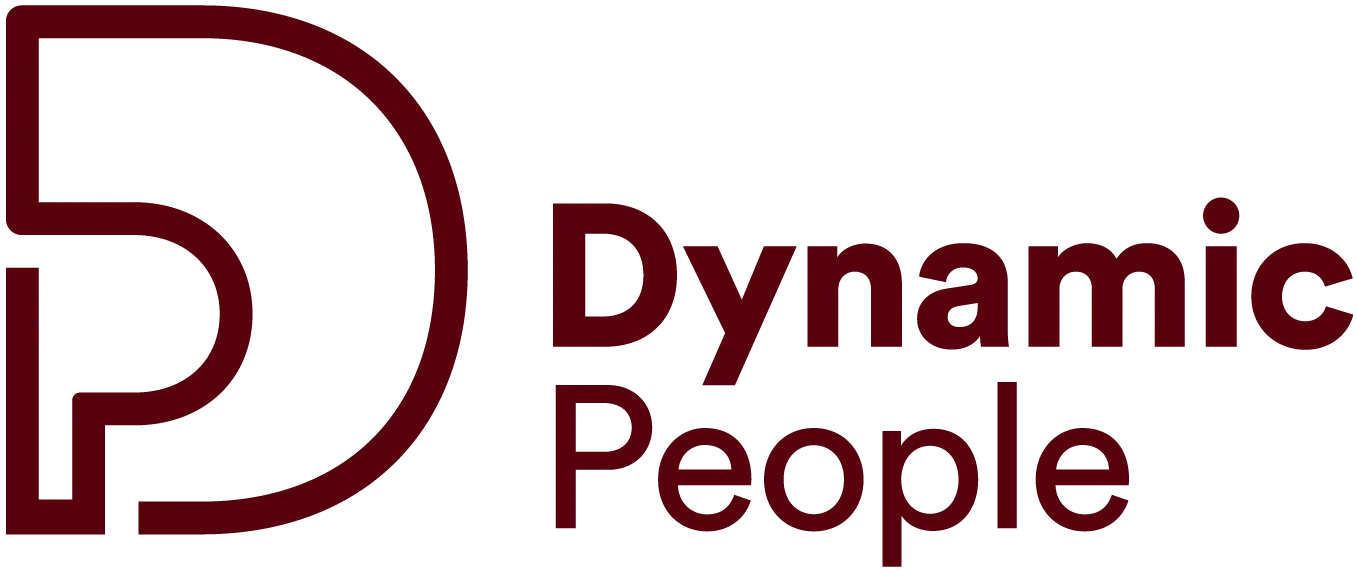What are the differences between ExFlow and standard D365 F&O?
ExFlow is an AP Automation solution that extends the AP and invoice process inside D365 for Finance & Operations by increasing the level of automation and streamlining the process. ExFlow is designed and developed to work with the standardized process inside D365 F&O using invoice register and invoice approval and has the same look & feel. With ExFlow, the AP and invoice process is intuitive and as easy and complete as possible without the need for customization of D365 F&O. Improvements and new functionality are regularly added to ExFlow and is made available to customers leveraging standard Microsoft upgrade and implementation technology. ExFlow is built into D365 F&O.
This blog describes the differences between ExFlow and Vendor invoice automation feature in standard D365 F&O.
Automation
ExFlow:
– ExFlow has a pre-defined format for importing “interpreted” paper or e-invoices compatible with any OCR software that can deliver a custom XML as output. For Readsoft products an optimized profile with the correct output format is readily available.
– Easy API connection with Readsoft (OCR tool)
– Invoice register posting can be performed in a batch.
– Coding of invoices is based on Main accounts in combination with financial dimensions which auto validates the Account structure while posting of invoice register
– A special post control form exists to enable a semiautomated process if fully automated approval journal posting is not wanted.
– ExFlow can automatically re-match all purchase orders with a matching error, for example cases where the invoice was received prior to the ordered goods. This can be setup with different number of days down to the vendor level.
– ExFlow has RPA capabilities where business rules are defined to automate actions based on invoice data.
– Automated validation regarding Fraud invoices
– End-to-end process can be automated by advanced Batch jobs.
– Ability to automatically allocate charges.
– Extended setup for PO invoice tolerances.
Standard D365 F&O:
– Automatically submit imported invoices
– Automatically match product receipts
– Auto match of product receipts stops after number of times
Approval rules
ExFlow:
– Extended approval Workflow for all invoice types (based on standard Microsoft workflow)
– ExFlow have one approval workflow that technically lies between the invoice register journal and the approval journal
– ExFlow allows manual changes to the approval route by AP or by the approvers.
– ExFlow can automatically update the approval route for an active invoice line based on changes made by an approver, for example applied coding such as account or cost centre.
– ExFlow allows the use of multiple position hierarchies for the same workflow in the approval rules.
– ExFlow have the ability to “jump” in a position hierarchy based on a dimension to be able to find the correct second approver, e.g. cost centre based approval, with minimal setup
Standard D365 F&O:
– Standard D365 F&O using one approval workflow on each journal
– Approval workflow is only based on batch (not on possition hierarchies)
– Approval workflow can be easy restarted including a log with historical information
Functionality
ExFlow:
– ExFlow contains an agreement functionality which enables automatic approval of non-PO invoices based on certain criteria. This is used to automate approval of recurring invoices such as leases, mobile phone bills or utilities. Flexible approval limits enable organizations to manage fluctuating costs over time, including tolerance levels.
– ExFlow have an improved pre-coding functionality compared to D365 where both Vendor and reference can be used to create pre-coding rules as well as automatically split an invoice on multiple lines based on an allocation setup.
– ExFlow leverages machine learning functionality to enable automated coding based on historic invoice coding. Historic invoices are clustered according to similarities and the coding can be automatically applied to incoming invoices to increase coding accuracy and continuity.
– ExFlow have advanced coding validation for the approvers to catch things that D365 will allow but will stop the posting process such as making sure that the project coding will result in a valid ledger coding at the time of posting.
– ExFlow have a function that creates an accrual journal with data from all un-posted invoices, coded or uncoded, that a controller can use a basis for example for month end accrual work. For each line in the journal you can see the corresponding invoice image.
– ExFlow uses the invoice data to find and apply business logic. One example is that multiple fields can be used to automatically select the correct vendor. Another example is that the actual payment information on the invoice can be used.
– End-user approval can be done on any platform (smartphone, tablet or computer) using the ExFlow Web Approval (responsive web solution). ExFlow Web Approval uses D365 FO user role setup. End-users can chat with AP Staff in real-time and all actions are logged in D365 FO to ensure a compliant audit trail.
– Extended Overview of the Invoice process and historical transactions
Standard D365 F&O:
– Coding of invoices is based on Procurement categories
– Extended Overview of the Invoice process and historical transactions


